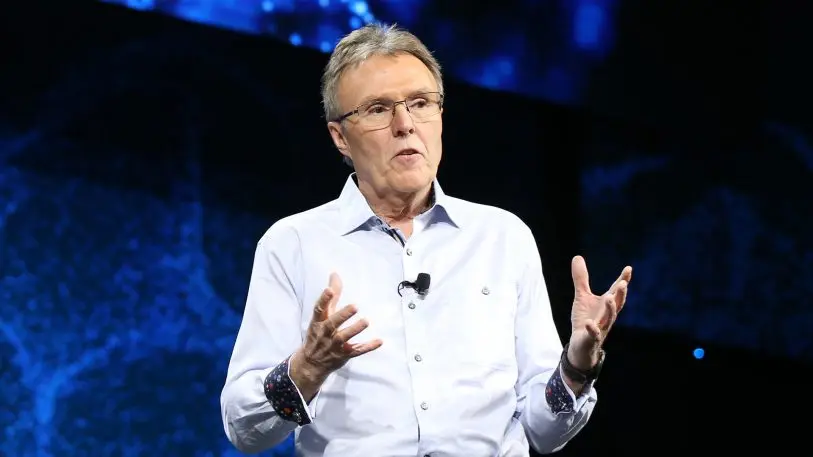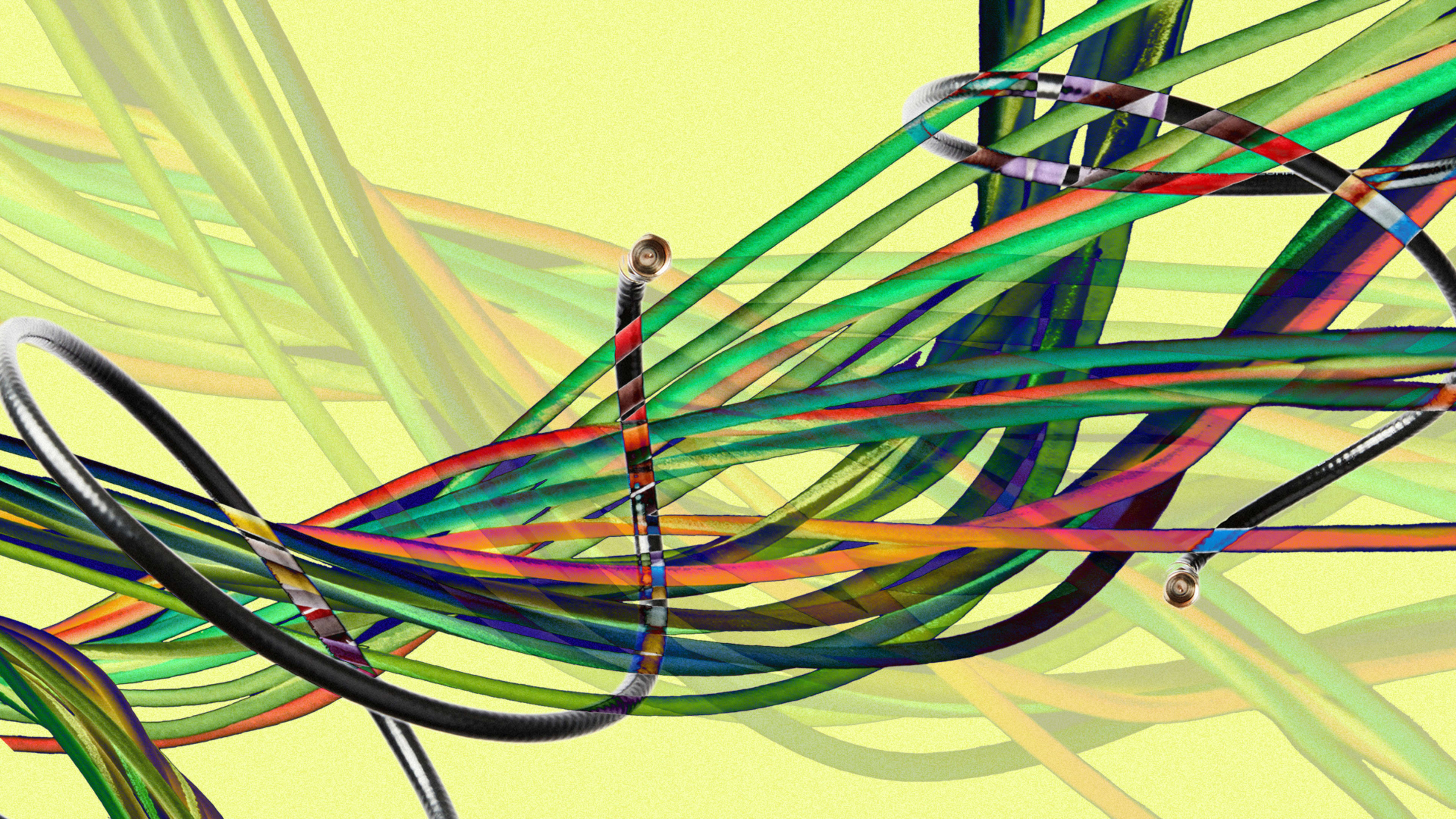A funny thing happened in Colorado after the state legalized recreational marijuana use in 2012: As more people started buying grow lights to cultivate their own supplies, Comcast’s internet service took a hit. It turned out that the electromagnetic radiation from the lights was interfering with Comcast’s network.
These kinds of mysteries used to require a lot of foresight and engineering work to deal with. But now, Comcast says it can use artificial intelligence to solve similar problems automatically. Prompted by the coronavirus pandemic, the company developed an AI system called Octave that can detect network anomalies and figure out how to address them.
“It’s not just automating what smart engineers can do. It’s going to places where they just couldn’t process that amount of information and come up with solutions quick enough to do what [Octave] does,” says Tony Werner, Comcast’s president of technology, product, and “Xperience.”

For those who’ve suffered through stuttering Zoom calls or sluggish file uploads while trying to work from home, Octave’s optimizations should come as a relief. But while Comcast says it’s now handling 32% more peak upload traffic than it did before, that doesn’t mean it’s getting rid of data caps, which the company has only waived through June 30 so far. All the fancy network-enhancing AI in the world won’t affect what is ultimately a business decision.
A self-repairing system
A lot of factors can affect network performance beyond just raw demand for bandwidth, Werner says. Aside from the grow light example, he notes that when T-Mobile started testing the 600 MHz spectrum for wireless service, it created a new source of interference for cable customers. Homeowners switching from CFL to LED lighting can produce similar effects, and even just a misconfigured wireless router in a customers’ home could wreak havoc elsewhere.
“All you need is a table setting that gets wrong in a router someplace, and all of a sudden traffic very intermittently starts going to the wrong location,” Werner says. “You see it happen on every network on the planet. The question is, how do you get after it, and how do you diagnose it?”
The idea of internet service providers using AI to optimize their networks is not new. As VentureBeat’s Kyle Wiggers reported in March, Verizon uses machine learning to monitor customers’ routers, temperatures, and other factors that might affect performance. AT&T also uses algorithms to predict when a network might suffer downtime so it can make proactive fixes.

“There are about 10 or 12 knobs that can all be turned, and if they’re turned compatibly in concert, we can really optimize the network very well,” says Dan Rice, Comcast’s vice president of next-generation access networks, who led the team that built the AI.
Werner points out, however, that Octave isn’t monitoring the types of traffic that flow in and out of individual homes, saying the company is wary about raising privacy concerns.
“I’ve seen other people put forth ideas of shaping traffic. We don’t see the need, and right now we’re not, and the last thing we want to do make anybody nervous that we’re looking at traffic types,” he says.
Good for remote workers, better for Comcast
Although Octave’s immediate goal was to fortify Comcast’s network as people sheltered in place, it’ll also benefit the company as things open back up. Comcast may not have to expand its network capacity as often, for instance, because Octave can better optimize the capacity that it already has.
“You end up with better economics. You end up having to touch the network a lot less, because you’re not always having to add capacity to it,” Werner says. “It starts customer-facing, but then it very quickly gets into just allowing us to be more capital-efficient as well, as we deploy capacity.”
Tony WernerIt doesn’t get tired after a 12-hour shift, it doesn’t ever get distracted.”
This also suggests that Comcast won’t have to employ as many engineers to go out and fix problems. Asked about this possibility, Werner insists that its human workforce isn’t going anywhere, but he does acknowledge that Comcast probably wouldn’t hire lots more if the network didn’t stand to greatly benefit. Besides, he says, AI isn’t prone to the kinds of errors that humans can make.
“It’s very consistent,” he says. “It doesn’t get tired after a 12-hour shift, it doesn’t ever get distracted, it doesn’t multitask beyond what it’s supposed to do, so you just end up with a much better outcome.”
The extent to which Octave will benefit customers in a post-COVID world, rather than just Comcast, is harder to gauge. When Comcast and other internet providers temporarily waived their data caps at the start of the pandemic, critics pointed out that they were never necessary for network management to begin with. Does Octave increase the odds that Comcast will rethink its data cap policies? The company’s top technologists say they’re not the ones to answer.
“The reason we developed it from the engineering side—and that’s what we are, we’re not policy side here—was to really to come up with something to maximize the performance of the network and the efficiency of the network,” Werner says.
Recognize your brand’s excellence by applying to this year’s Brands That Matter Awards before the early-rate deadline, May 3.
